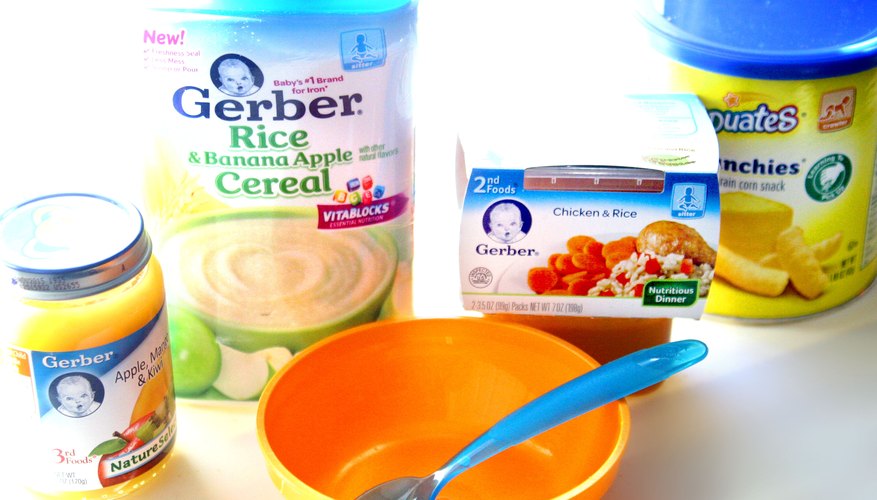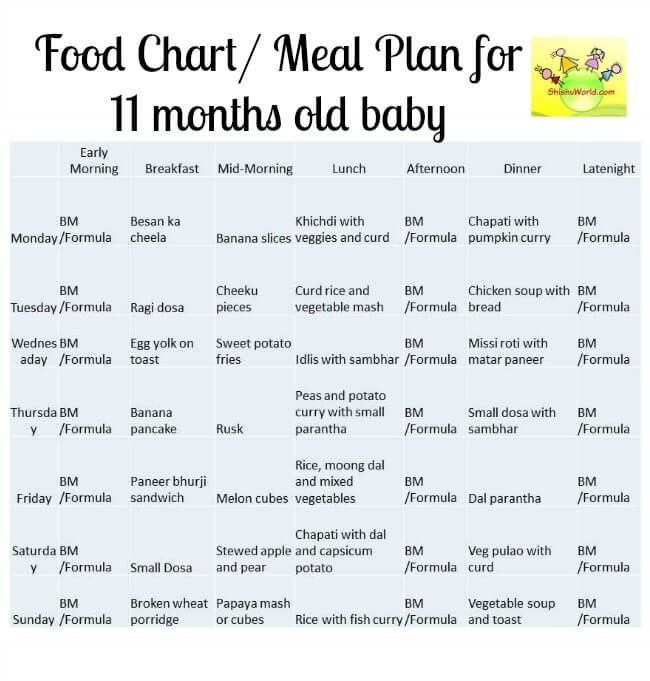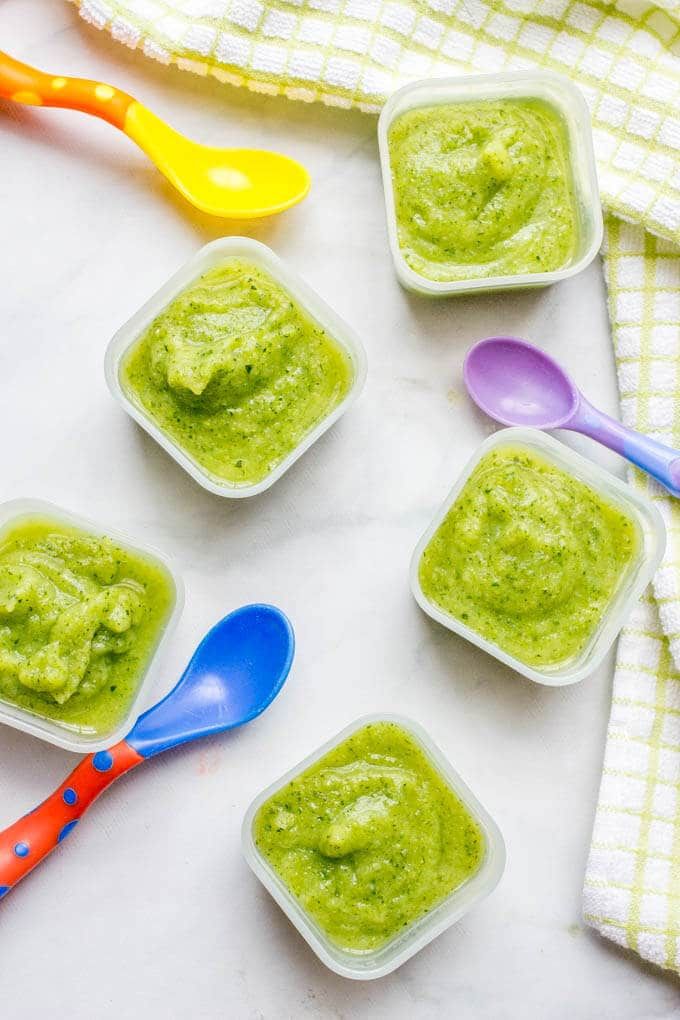Feeding measurements for babies
Bottle-Feeding (Formula) Questions
Is this your child's symptom?
- Formula and bottle-feeding questions
Topics Covered for Formula Feeding
If your baby is healthy, skip the "What to Do" section. Go directly to the topic number that relates to your question for advice:
- Types of formulas
- Switching formulas and milk allergies
- Powdered versus liquid formulas
- Whole cow's milk, 2%, 1% and skim milk
- Vitamins and iron
- Water to mix with the formula
- Extra water
- Amounts: how much per feeding?
- Schedules or frequency of feedings
- Length of feedings
- Night feedings: how to eliminate?
- Formula temperature
- Formula storage
- Cereals and other solids
- Burping
- Baby bottle tooth decay
- Traveling
- Nipples and bottles
- Normal stools
- Breast discomfort
When to Call for Bottle-Feeding (Formula) Questions
Call 911 Now
- Can't wake up
- Not moving or very weak
- You think your child has a life-threatening emergency
Call Doctor or Seek Care Now
- Age less than 1 month old and looks or acts abnormal in any way
- Dehydration suspected.
No urine in more than 8 hours, dark urine, very dry mouth and no tears.
- Will not drink or drinks very little for more than 8 hours
- Fever in baby less than 12 weeks old. Caution: do NOT give your baby any fever medicine before being seen.
- Your child looks or acts very sick
- You think your child needs to be seen, and the problem is urgent
Contact Doctor Within 24 Hours
- Does not seem to be gaining enough weight
- You think your child needs to be seen, but the problem is not urgent
Contact Doctor During Office Hours
- You have other questions or concerns
Self Care at Home
- Bottle-feeding question about a healthy baby
Seattle Children's Urgent Care Locations
If your child’s illness or injury is life-threatening, call 911.
- Bellevue
- Everett
- Federal Way
- Seattle
Care Advice for Bottle (Formula) Feeding
- Types of Formulas:
- Milk-protein formulas, soy-protein formulas, and hydrolysate formulas
- Soy formulas don't contain lactose or cow's milk protein.
 Currently, 20% of infants in the U.S. are fed soy formula. Often, switching to soy is not done with a valid reason.
Currently, 20% of infants in the U.S. are fed soy formula. Often, switching to soy is not done with a valid reason. - Hydrolysate formulas mean the protein is broken down. These are advised when children are sensitive to both soy and milk protein.
- Switching Formulas and Milk Allergies:
- Switching from one milk-based formula to another is not helpful for any symptom. It is also not harmful.
- Switching from milk formula to soy formula is sometimes helpful for severe diarrhea. This may occur from temporary low lactase levels. It may also be used for those families who are vegetarian.
- Switching from milk formula to soy is sometimes helpful for cow's milk allergy. A cow's milk allergy occurs in 1-2% of infants. Most often, protein hydrolysate formulas (such as Alimentum) are advised. This is because 15% of these infants are also allergic to soy protein.
- Switching formulas for frequent crying, spitting up or gas is rarely helpful.

- Don't switch formulas without talking with your child's doctor.
- Powdered versus Liquid Formulas:
- Formulas come in 3 forms: powder, concentrated liquid and ready-to-feed liquid.
- Concentrated formulas are mixed 1:1 with water.
- Ready-to-feed formulas do not need any added water.
- Powdered formulas are mixed 2 ounces (60 mL) of water per each level scoop of powder. Never add extra water because dilute formula can cause a seizure.
- Powdered formula costs the least. Ready-to-feed formula costs the most.
- Powdered formula is the easiest to use to supplement breastfeeding.
- Ready-to-feed formula is the easiest to use for traveling.
- Whole Cow's Milk, 1%, 2% and Skim Milk:
- Cow's milk should not be given to babies before 12 months of age. Reason: raises risk of iron deficiency anemia.
- Skim milk (fat free milk), 1% low fat milk or 2% milk should not be used before 2 years.
 Reason: the fat content of whole cow's milk (3.5%) is required. It is needed for rapid brain growth.
Reason: the fat content of whole cow's milk (3.5%) is required. It is needed for rapid brain growth.
- Vitamins and Iron:
- For all infants, use a formula that has iron in it. This helps to prevent iron deficiency anemia.
- The iron amount in iron-fortified formulas is too small to cause any symptoms. Iron in formulas does not cause constipation or diarrhea.
- Iron-fortified formulas contain all the vitamins and minerals needed.
- Extra vitamins are therefore not needed for infants taking formula.
- Fluoride. Babies no longer need to take fluoride drops. Reason: the fluoride in toothpaste works very well. For children at high risk for tooth decay, your dentist may use fluoride varnish.
- Water to Mix With the Formula:
- Most city water supplies are safe for making 1 bottle at a time. Run the cold tap water for 1 minute. Don't use warm tap water. Reason: to avoid potential lead exposure.
 Heat cold water to desired temperature. Add this to powder or formula concentrate.
Heat cold water to desired temperature. Add this to powder or formula concentrate. - Exceptions:
- Untested well water or
- City water with recent contamination or
- Developing countries with unsafe water supply or
- Your child has decreased immunity.
- For these conditions, use distilled water, bottled water, or filtered tap water.
- Another option is to use city water or well water that has been boiled. Boil for 10 minutes. Add 1 extra minute per each 1,000 feet (305 meters) of elevation.
- Bottled water costs more than distilled water.
- If making a batch of formula, distilled, bottled or boiled water is needed.
- Most city water supplies are safe for making 1 bottle at a time. Run the cold tap water for 1 minute. Don't use warm tap water. Reason: to avoid potential lead exposure.
- Extra Water:
- Babies less than 6 months of age should not be given any extra water. Reason: regular formula is 85% water. Also, water can cause harm at this age.
- Infants older than 6 months of age can have some extra water. Reason: water may be needed after starting solid foods or if weather is very hot.
 Safe at this age.
Safe at this age. - Limit water for infants age 6 to 12 months: don't give more than 4 ounces (120 mL) of extra water per day. On hot days, can give up to 8 ounces (240 mL) per day (AAP).
- Amounts - How Much Per Feeding: Newborn to 6 Months Old
- The average amount of formula that babies take per feeding is:
- Newborn: 1-2 ounces (30-60 mL) per feeding
- 1 month old: 3-4 ounces (90-120 mL) per feeding
- 2 months old: 5 ounces (150 mL) per feeding
- 4 months old: 6 ounces (180 mL) per feeding
- 6 months old: 7-8 ounces (210-240 mL) per feeding
- The amount can vary depending on the baby's weight and if the baby is going through a growth spurt.
- A baby's appetite varies throughout the day. If the infant stops feeding or loses interest, the feeding should be stopped.
- If healthy babies are not hungry at several feedings, increase the feeding interval.
- The most amount of formula advised per day is 32 ounces (1 liter).

- Over-feeding can cause vomiting, diarrhea or too much weight gain.
- If your baby needs over 32 ounces (1 liter), talk to your doctor about starting solids.
- Get rid of any formula left in bottle at end of each feeding. Do not reuse this leftover formula. Reason: contains germs that can grow.
- Frequency of Feedings (Schedules): Babies mainly need to be fed when they are hungry. If your baby is fussy and it's been more than 2 hours, feed him. Some guidelines are listed below:
- From birth to 3 months of age, feed every 2 to 3 hours.
- From 3 to 9 months of age, feed every 3 to 4 hours.
- Infants often set their own schedule by 1 to 2 months of age.
- Length of Feedings:
- Feedings shouldn't take more than 20 minutes.
- If the feeding is prolonged, check the nipple to be sure it isn't clogged.
- A clean nipple should drip about 1 drop per second. Check this when the bottle of formula is turned upside down.
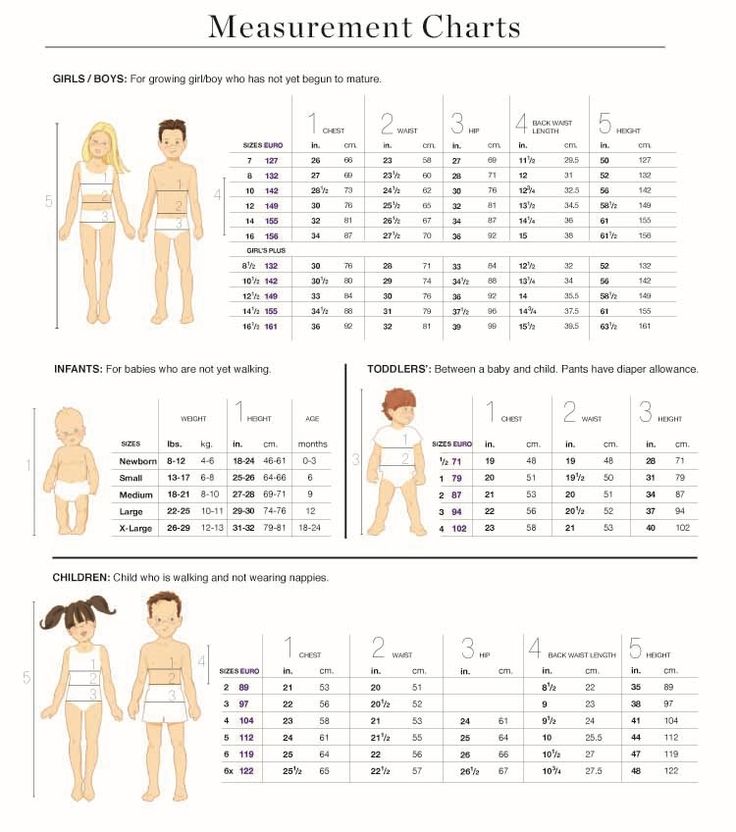
- Night Feedings - How to Get Rid of Them:
- Most newborns need to be fed at least twice each night.
- Most formula-fed babies give up night feedings by 4 months of age. The tips below can help your baby sleep for longer stretches during the night:
- Keep daytime feeding intervals to at least 2 hours. Slowly stretch them to 3 hours.
- During daytime, your baby shouldn't sleep for more than 3 hours at a time. If your baby naps longer than that, wake him for a feeding.
- Place your baby in the crib drowsy but awake. Don't bottle-feed or rock until asleep.
- Make middle-of-the-night feedings brief and boring compared to daytime feedings. Don't turn on the lights or talk to your child. Feed him rather quickly.
- Formula Temperature:
- Most babies like formula at body temperature.
- In the summertime, some infants prefer formula that's cooler.
- In the wintertime, some prefer warm formula.

- The best temperature is the one your infant prefers. Either way, there's no health risk involved.
- Just make sure the formula is not too hot. Reason: it can burn your baby's mouth.
- Formula Storage:
- If you can, make your child's formula fresh for each feed. However, if formula needs to be made ahead of time:
- Prepared formula should be stored in the refrigerator. It must be used within 24 hours.
- Open cans of formula should also be kept in the refrigerator. They should be covered and used within 24 hours.
- Prepared formula left at room temperature for more than 1 hour should be discarded.
- Leftover used formula should always be tossed. Reason: contains germs that can grow.
- Cereals and Other Solids:
- Bottle-fed infants should be started on baby foods around 6 months of age. First baby foods can be cereals and/or fruit.
- Starting before 6 months is not needed.
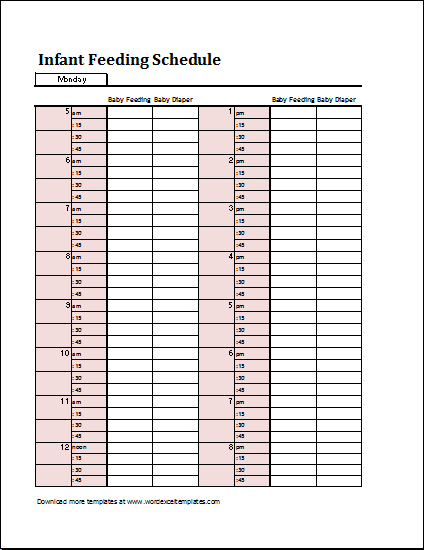 Starting before 6 months makes feedings messier and longer. Early use of solids can also cause gagging.
Starting before 6 months makes feedings messier and longer. Early use of solids can also cause gagging. - Solids don't increase sleeping through the night for bottle-fed infants.
- Delaying solids past 9 months of age is not advised. The delay runs the risk that your infant will refuse solids.
- Burping:
- It is not harmful if a baby doesn't burp.
- Burping is an option, but not required.
- It can decrease spitting up, but it doesn't lessen crying.
- Burping can be done twice per feeding, once midway and once at the end.
- If your baby does not burp after 1 minute of patting, it can be stopped.
- Baby Bottle Tooth Decay:
- Some older infants and toddlers are used to a bottle before sleeping.
- Falling asleep with a bottle of milk or juice can cause severe tooth decay.
- Prevent this bad habit by not using the bottle as a pacifier. Also, do not use the bottle as a security object.

- If you cannot stop the bottles, fill it with water. Use water instead of formula or milk at bedtime.
- Traveling:
- Use bottles of ready-to-feed formula (most expensive).
- Or mix formula ahead of travel and carry in a cold insulated container.
- Or use powered formula. Put the required number of scoops in a bottle. Carry clean water in a separate bottle. Mix before each feeding.
- Nipples and Bottles:
- Any nipple/bottle products are fine.
- It is not necessary to sterilize bottles or nipples. Wash them with soap and water. Rinse them thoroughly.
- It is also safe to wash bottles and nipples in the dishwasher.
- Formula-fed Stools, Normal:
- Meconium Stools are dark greenish-black, thick and sticky. They normally are passed during the first 3 days of life.
- Transitional Stools are a mix of meconium and milk stools.
 They are greenish-brown and looser. They are passed day 4 to 5 of life.
They are greenish-brown and looser. They are passed day 4 to 5 of life. - Normal Milk Stools without any meconium are seen from day 6 on.
- Formula-fed babies pass 1 to 8 stools per day during the first week. Then it starts to slow down to 1 to 4 per day. This lasts until 2 months of age.
- The stools are yellow in color and thick like peanut butter. Green stools are also normal (usually caused by bile).
- After 2 months of age, most babies pass 1 or 2 stools per day. They can also pass 1 every other day. They are soft and solid.
- Breast Discomfort in Bottle-feeding Mothers:
- Even though you chose not to breastfeed, your breasts will make milk. Breast milk comes in on day 2 or 3. Swollen breasts can be painful for a few days. Here is what to do:
- Ibuprofen. Take 400 mg of ibuprofen (such as Advil) 3 times per day. This will help to lessen pain and swelling. There's no special prescription medicine for this.

- Cold Pack. Use a cold pack or ice bag wrapped in a wet cloth. Put it on your breasts for 20 minutes. Do this as often as needed. This will decrease milk production. Do not use heat. Heat will increase milk production.
- Pumping. For moderate pain, hand express or pump off a little breast milk. This will help to reduce your pain. Pumping breast milk can increase milk production. But, doing this to take the edge off your discomfort is not harmful.
- Bra. Wear a bra that offers good breast support or a sports bra. Wear it 24 hours a day.
- Binding. Binding the breasts by wearing a tight bra is no longer advised. Binding by using an elastic wrap is also not advised. Binding can increase the risk of breast infections (mastitis).
And remember, contact your doctor if your child develops any of the 'Call Your Doctor' symptoms.
Disclaimer: this health information is for educational purposes only. You, the reader, assume full responsibility for how you choose to use it.
You, the reader, assume full responsibility for how you choose to use it.
Last Reviewed: 10/18/2022
Last Revised: 09/18/2022
Copyright 2000-2022. Schmitt Pediatric Guidelines LLC.
Amount and Schedule of Baby Formula Feedings
- In the first week after birth, babies should be eating no more than about 1 to 2 ounces (30 to 60 ml) per feed.
- During the first month, babies gradually eat more until they take 3 to 4 ounces (90 to 120 ml) per feed, amounting to 32 ounces per day. Formula-fed babies typically feed on a more regular schedule, such as every 3 or 4 hours. Breastfed babies usually take smaller, more frequent feedings than formula-fed infants.
If your baby sleeps longer than 4 to 5 hours during the first few weeks after birth and starts missing feedings, wake them up and offer a bottle.
By the end of the first month: Your baby will be up to at least 3 to 4 ounces (120 mL) per feeding, with a fairly predictable schedule of feedings about every 3 to 4 hours.

By 6 months: Your baby will consume 6 to 8 ounces (180–240 mL) at each of 4 or 5 feedings in 24 hours.
Formula feeding based on body weight
On average, your baby should take in about 2½ ounces (75 mL) of infant formula a day for every pound (453 g) of body weight. But they probably will regulate their intake from day to day to meet their own specific needs, so let them tell you when they've had enough. If they become fidgety or easily distracted during a feeding, they're probably finished. If they drain the bottle and continues smacking their lips, they might still be hungry.
There are high and low limits, however. If your baby consistently seems to want more or less than this, discuss it with your pediatrician. Your baby should usually drink no more than an average of about 32 ounces (960 mL) of formula in 24 hours. Some babies have higher needs for sucking and may just want to suck on a pacifier after feeding.
On-demand feeding
Initially it is best to feed your formula-fed newborn a bottle on demand, or whenever they cry with hunger. As time passes, your baby will begin to develop a fairly regular timetable of their own. As you become familiar with their signals and needs, you'll be able to schedule their feedings around their routine.
Eating & sleeping patterns
Between 2 and 4 months of age (or when the baby weighs more than 12 lb. [5.4 kg]), most formula-fed babies no longer need a middle-of-the-night feedings. They're consuming more during the day, and their sleeping patterns have become more regular (although this varies considerably from baby to baby). Their stomach capacity has increased, too, which means they may go longer between daytime feedings—occasionally up to 4 or 5 hours at a time.
If your baby still seems to feed very frequently or consume larger amounts, try distracting them with play or with a pacifier. Sometimes patterns of obesity begin during infancy, so it is important not to overfeed your baby.
Getting to know your baby's feeding needs
The most important thing to remember, whether you breastfeed or bottlefeed, is that your baby's feeding needs are unique. No book―or website―can tell you precisely how much or how often they need to be fed or exactly how you should handle them during feedings. You will discover these things for yourself as you and your baby get to know each other.
More information
- How Often and How Much Should Your Baby Eat?
- Making Sure Your Baby is Getting Enough Milk
- Is Your Baby Hungry or Full? Responsive Feeding Explained (Video)
- Remedies for Spitty Babies
- Last Updated
- 5/16/2022
- Source
- Adapted from Caring for Your Baby and Young Child: Birth to Age 5 7th Edition (Copyright © 2019 American Academy of Pediatrics)
The information contained on this Web site should not be used as a substitute for the medical care and advice of your pediatrician. There may be variations in treatment that your pediatrician may recommend based on individual facts and circumstances.
There may be variations in treatment that your pediatrician may recommend based on individual facts and circumstances.
how to introduce, start and scheme of complementary foods by months
When to give complementary foods?
What should young parents remember?
4-6 months: time to get acquainted with new products
Features of introducing cereals
Features of introducing meat and fruit purees
What to give a seven-month-old baby?
What to give an eight month old baby?
Features of nutrition from 9 to 12 months
Rules for the introduction of juices
The main mistakes of parents
What do you need to know to make the right menu?
With the advent of a child, young parents face many difficult questions. The most relevant of these is the introduction of complementary foods. The baby is growing, and the usual formula or milk is no longer enough to meet the body's needs for minerals and vitamins.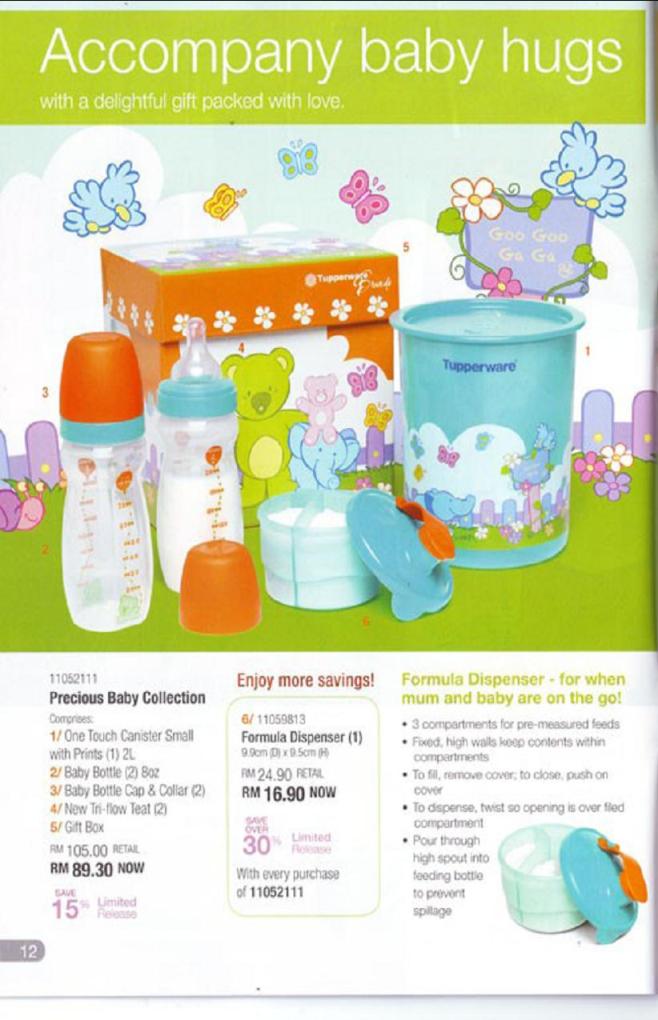 To avoid possible difficulties, parents should have an idea of how and when to introduce the first complementary foods and what products are suitable for this purpose.
To avoid possible difficulties, parents should have an idea of how and when to introduce the first complementary foods and what products are suitable for this purpose.
When to give complementary foods?
If the first three months of life the child does not show much interest in the environment, then by four the picture changes dramatically. He becomes more active, recognizes familiar faces, smiles, tries to grab and examine objects that are in front of his eyes. By this age, breast milk is no longer enough to meet the body's need for nutrients. There is a need to think about the first complementary foods.
Pediatricians recommend doing this at 4-6 months of age. No need to rush to feed. The first three months of life, the child's digestive tract is still very weak and not ready to meet with "adult" products. Early feeding is fraught with problems with digestion and the development of allergic reactions. But by four months, the picture changes. Moreover, the baby's expulsion reflex disappears, he can swallow food that is thicker than breast milk.
Late feeding is also fraught with serious consequences. First, the child's body begins to experience a deficiency of vitamins and vital elements. This can lead to developmental delays. Secondly, such an approach will slow down the development of chewing skills and, possibly, provoke problems with speech in the future.
Therefore, feeding too early or too late brings many problems. The optimal period is the age of 4-6 months. However, before starting the introduction of "adult" food, you need to consult a pediatrician and focus on the individual characteristics of your baby's body.
What should new parents remember?
There are simple rules that allow you to carry out the first weaning without complications. Young parents should remember them:
- Assess the child's physical condition. He must be able to sit by himself or with support. Also, the baby should not push a spoonful of food out of his mouth. The child must have an interest in food.

- Introduce new foods only during the day. It is best to do this in the morning. Thus, you can notice signs of allergy development in time.
- Give only simple foods. For the first time, mashed potatoes and cereals consisting of only one ingredient are suitable, for example, mashed broccoli or zucchini. There should be no other impurities.
- Start with the smallest portion. For the first time, a serving the size of half a teaspoon is enough. The child will be able to evaluate the taste of the new product, and you will be able to monitor its condition. The serving size should be increased gradually over the course of a week, bringing up to 30-40 grams.
It is very important that the child is completely healthy before starting complementary foods. You can not introduce the baby to new food if he has signs of illness, he has suffered serious stress or he has been vaccinated.
4-6 months: Time to introduce new foods
Once you've made sure your baby is ready to explore new foods, the next step is to choose which product to use for that purpose.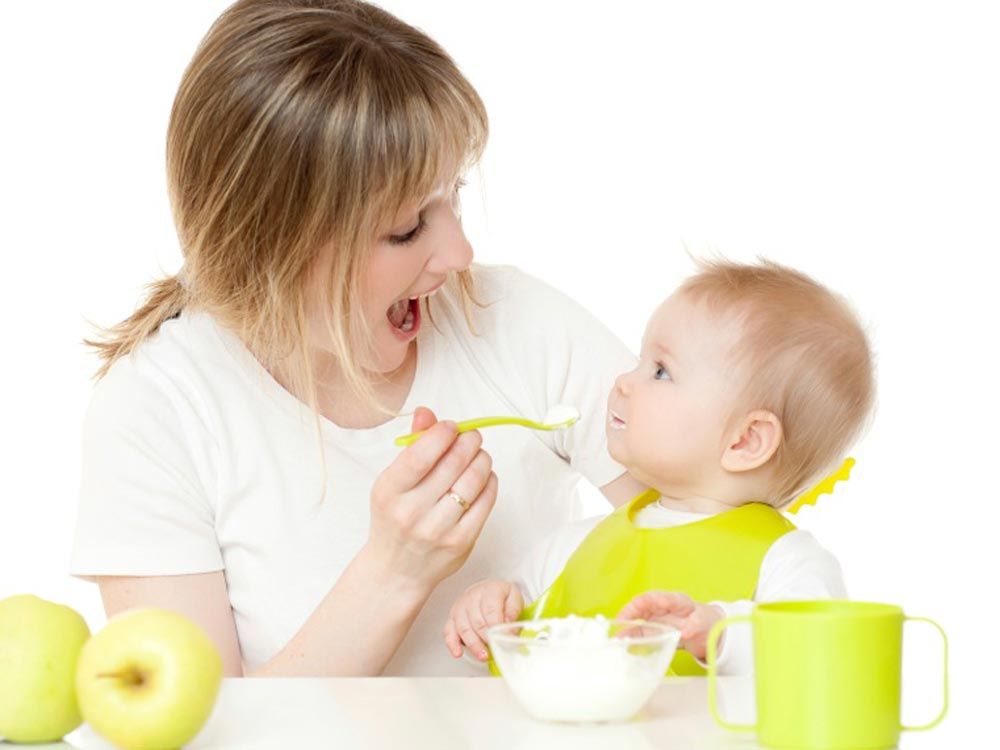 If the baby has problems with stool or excess weight, preference is given to vegetable puree. In all other cases, you can start with both vegetables and cereals. If in doubt, be sure to consult your pediatrician.
If the baby has problems with stool or excess weight, preference is given to vegetable puree. In all other cases, you can start with both vegetables and cereals. If in doubt, be sure to consult your pediatrician.
In order to form the correct eating habits in the baby, he is transferred to five meals a day. Night feedings should be gradually reduced to a minimum. However, do not forget that it is quite normal for a child under one year old to wake up at night. Also, you can not feed the baby through force. If you notice that he is already full, stop feeding, even if the portion was not completely eaten.
Important! Don't try to feed your baby a lot of puree before bed in the hope that he will sleep through the night. Thus, you can provoke problems with the gastrointestinal tract.
Once a complementary food has been chosen, start gradually introducing it into your baby's diet. For starters, half a teaspoon will be enough. During the week, give only the chosen dish, do not add anything new and carefully monitor the reaction of the child.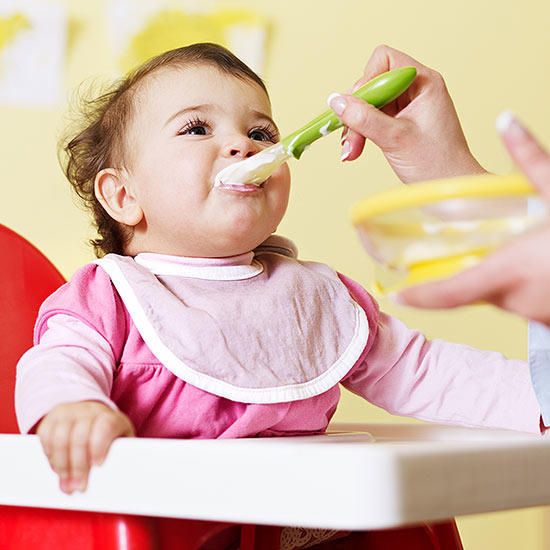 If familiarity with the product was successful, you can proceed to the introduction of a new component. This is done in the same way.
If familiarity with the product was successful, you can proceed to the introduction of a new component. This is done in the same way.
If a child refuses to eat a new dish, it can be mixed with an already familiar one, gradually increasing the total serving size. With age, it will be possible to introduce new components faster, however, while the immune and digestive systems of the child are not strong enough, you should not rush. If you started with vegetable purees, then after the child's body adapts to them, you can start introducing cereals.
Some children absolutely refuse to try new foods. This usually applies to vegetable purees that have a neutral or specific taste. You don’t need to force the baby to eat by force, but you also don’t need to give up trying to “make friends” with a new dish. Gradually he will get used to the unfamiliar taste. In some cases, adaptation to a new dish can take 7-14 days.
Peculiarities of the introduction of porridges
You need to start introducing complementary foods with dairy-free gluten-free porridges.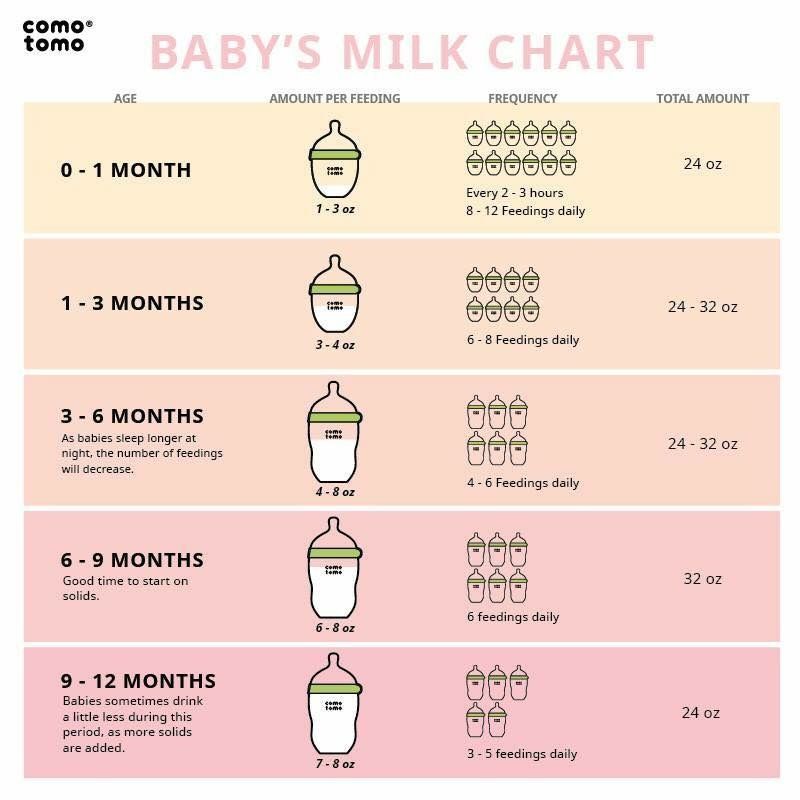 Suitable buckwheat, corn and rice. It is best to give industrial cereals enriched with iron and other vitamins. Homemade cereals are less nutritious. In addition, not knowing the technology of their preparation, you can harm the fragile stomach. It is worth diluting the finished product with breast milk or milk formula. Porridges diluted with water have much less nutritional value. If the baby does not have allergies, you can add a little butter to the porridge.
Suitable buckwheat, corn and rice. It is best to give industrial cereals enriched with iron and other vitamins. Homemade cereals are less nutritious. In addition, not knowing the technology of their preparation, you can harm the fragile stomach. It is worth diluting the finished product with breast milk or milk formula. Porridges diluted with water have much less nutritional value. If the baby does not have allergies, you can add a little butter to the porridge.
Peculiarities of introduction of meat and fruit purees
It is necessary to start introducing meat not earlier than 6 months. For meat feeding, mashed rabbit or turkey is suitable. Meat contains a lot of iron, which is necessary for the children's body. By adding meat puree to vegetable puree, you greatly facilitate the process of assimilation of this element.
Fruit puree can be administered earlier, but pediatricians recommend that it be administered after meat puree. Fruits help to avoid problems with the stool, as well as increase appetite. Very often, fruit mixtures are added to cereals, which improves their palatability.
Very often, fruit mixtures are added to cereals, which improves their palatability.
Important! If a child suffers from a food allergy, the rules for the introduction of complementary foods for him do not change. Starting acquaintance with new products should be with minimal portions. It is important to avoid highly allergenic foods, such as fish and cow's milk.
Foods with a high risk of developing allergies should only be introduced after the baby's body has fully adapted to low-allergenic foods. In some cases, you may need to consult an allergist. By 5 months, the volume of one serving averages 200 ml.
What to give a seven-month-old baby?
By this time, new foods are introduced into the diet. The baby has already grown enough, and the schedule of his nutrition should be drawn up similarly to the schedule of a grown child. In simple terms, he should have three main meals and two additional ones: breakfast, lunch, lunch, afternoon tea and dinner. However, one should not demand too much from a seven-month-old baby. He still wakes up at night, as for him this is a physiological norm.
He still wakes up at night, as for him this is a physiological norm.
At this age, children are given a taste of chicken egg yolk. To begin with, they give 1⁄4 pieces. If the child refuses to try an unfamiliar product, it is mixed with porridge or vegetable puree. When you include the yolk in the menu, you must carefully monitor the reaction of the child.
In addition to the yolk, at the age of 7 months you can start giving babies special baby cookies. No more than 1-2 pieces per day. It is important to understand that cookies are not a complete meal. This is a dessert that is given out for an afternoon snack or after a full meal.
If your child is not interested in new foods, try mixing them with familiar and tried ones. At one meal, the baby should eat about 150 grams of porridge or mashed potatoes. However, everything is individual here, you need to look at the physiological characteristics and needs of your child.
What to give an eight month old baby?
Eight-month-old babies become more active.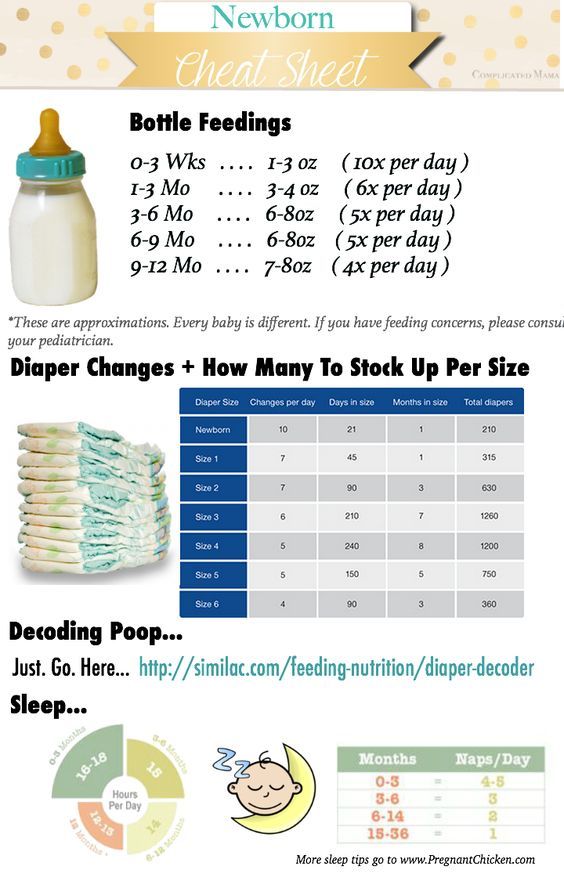 They are curious about the world around them. At this age, they begin to take food with their hands, try to drink from a mug and show interest in cutlery. This kind of behavior should be encouraged in every possible way. By this time, children already know how to chew food, which means it's time to change the consistency of dishes. Food does not need to be pureed. Now fruits, vegetables and meat can be cut into pieces.
They are curious about the world around them. At this age, they begin to take food with their hands, try to drink from a mug and show interest in cutlery. This kind of behavior should be encouraged in every possible way. By this time, children already know how to chew food, which means it's time to change the consistency of dishes. Food does not need to be pureed. Now fruits, vegetables and meat can be cut into pieces.
By the age of 8 months, the immune system and the digestive system are already sufficiently adapted to the new food, and you can try to give your baby fish. Take low-fat varieties, for example, carp, pike perch, salmon, pollock, hake and cod are suitable for this purpose. You don't have to give too much. A couple of times a week is enough. Approximately 30 grams of fish is crushed and given in its pure form or mixed with vegetable puree. Remember that fish is one of the products that can provoke the development of allergies, which means that you need to carefully monitor the reaction of the child.
In addition to fish, cottage cheese appears on the menu at this age. It is rich in calcium and vitamins. Per day give no more than 50 grams of the product. Slowly introduce natural yoghurts, kefir and other fermented milk products. They are good for digestion. Samples begin with a couple of spoons, within 7 days the portion volume increases to 150-200 milliliters.
An 8 month old baby is growing fast and needs a lot of nutrients. His diet should be varied.
Features of nutrition from 9 to 12 months
The menu of a nine-month-old child is already quite varied and includes all major food groups. However, parents still need to constantly expand his diet to introduce new foods. At 9 months, steamed cutlets can be given instead of mashed meats. Ready meals can be supplemented with herbs, which is also very useful.
It is at this age that many parents make the main mistake - they transplant their child to an adult table. As a result, the baby begins to develop problems with the stomach and intestines.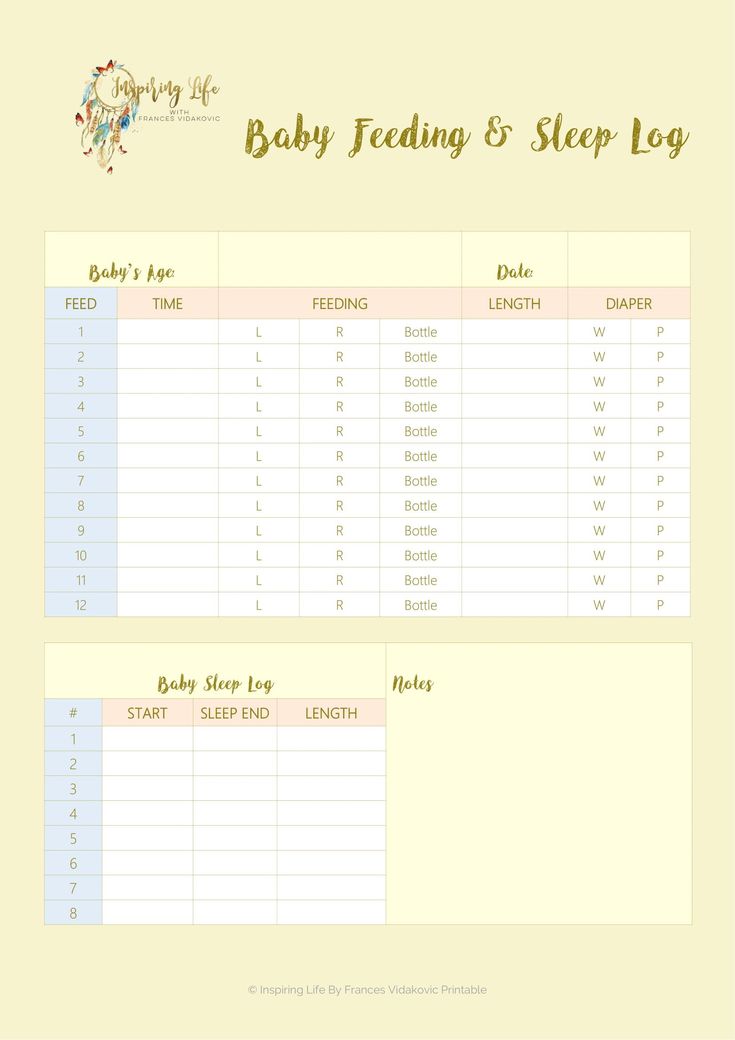 If you want your child to be healthy and strong, you need to learn a number of simple rules:
If you want your child to be healthy and strong, you need to learn a number of simple rules:
- Never sweeten or add salt to prepared foods, even if they taste bland to you.
- Take your time to introduce fruit juices. Postpone tasting them for up to a year. As for carbonated drinks, they should be completely excluded from the child's diet.
- Do not give your baby nuts, gummies, or other small, hard foods as they may choke on them.
- Never give whole apples and pears for the baby to “scratch” his teeth. He can bite off a piece of an apple and also choke.
- No need to replace sugar with honey. In some cases, natural honey does even more harm, causing serious health problems.
- Do not introduce semolina porridge into the diet for up to a year. It does not have many nutrients, but it is full of gluten.
Rules for introducing juices
By the age of one, you can introduce your child to juices. It is best to offer them as a dessert after the child has eaten the main course. Also, juice can be given for an afternoon snack. Excessive consumption of sugary juices leads to a violation of the correct taste habits, and can also provoke the development of dental problems.
Also, juice can be given for an afternoon snack. Excessive consumption of sugary juices leads to a violation of the correct taste habits, and can also provoke the development of dental problems.
The main mistakes of parents
According to statistics, only 45% of young parents follow the recommendations of doctors regarding the introduction of complementary foods. As a result of the wrong approach, children do not receive the nutrients and trace elements necessary for full growth and development. Let's analyze the main mistakes with specific examples.
- Premature introduction of new products. The introduction of complementary foods up to 3 months increases the risk of developing excess weight, gastrointestinal diseases, and can also serve as a prerequisite for the development of diabetes.
- Delaying complementary foods. Lack of complementary foods after six months leads to a lack of trace elements and nutrients. There may be a developmental delay or problems with eating behavior in the future.

- Injection of too large portions. Because of this, the child may refuse breast milk or formula, which until a certain time is his main source of nutrition. In addition, the fragile gastrointestinal tract is simply not ready for such loads.
- Feeding only puréed foods for too long. After six months, the baby develops a chewing reflex. At this age, food can be cut into pieces. Refusal of solid foods can lead to digestive problems, as well as difficulties with the development of speech.
- Force a child to finish eating a serving completely. If the baby shows with all his appearance that he is full, feeding should be stopped. Otherwise, overeating can cause vomiting or indigestion.
- Transplant a 10-12 month old baby to a general diet. "Adult" dishes contain a large amount of fat and other elements that the children's stomach is not able to digest completely.
- Give harmful foods. Almost 80% of parents already in the first year of a child's life give him a taste of chocolate, cookies, sausage, dumplings and other dangerous products.
 These products are dangerous not only for the baby, but also for the adult. They also lead to disruption of healthy eating habits.
These products are dangerous not only for the baby, but also for the adult. They also lead to disruption of healthy eating habits.
What do you need to know to make the right menu?
Proper complementary foods and adherence to recommendations for children's nutrition can avoid many mistakes and problems in the future. When compiling the menu, pediatricians recommend following the following rules:
- A child's meals should be five times a day: breakfast, lunch, dinner, as well as second breakfast and afternoon tea.
- For one feeding, the baby should eat 200-300 grams of food. However, you can not feed the child against the will, even if the portion was not eaten.
- It is very important to organize a complete drinking regimen. Up to a year, the baby should drink a liter of water, after a year - about one and a half liters per day. However, do not forget to take into account the individual characteristics of the child's body.
- The menu should be varied.
 Include fruits and vegetables in every main meal.
Include fruits and vegetables in every main meal. - Remember that meals should be nutritious enough to cover the needs of the body in the necessary elements.
- A child should drink 450 ml of milk and sour milk drinks per day.
- Cereals and cereal dishes should not be given more than once a day.
- Give bread no more than a couple of times a day.
- Meat dishes are given 1-2 times a day. Their total volume per day is 70 grams. Fish dishes are given no more than 2-3 times a week in a total amount of 200 grams.
- During the week, 2-3 eggs can be given, but no more.
- Consistency of meals should fully correspond to the physiological characteristics of the child's development.
- Remember that sweet juices and compotes are not good for quenching your thirst.
It is very important to understand that the menu is made individually for each child. Portion sizes may vary depending on the physiological characteristics of the body. The standard serving is 200 grams. The baby should eat this amount of food at a time. This includes both puree and milk.
The standard serving is 200 grams. The baby should eat this amount of food at a time. This includes both puree and milk.
A properly structured diet is the key to good health for your child. If you are having difficulty making a menu or you do not know which products to use for the first feeding, be sure to consult with your pediatrician. Always take into account the individual development of your baby.
Learn more about complementary foods and much more by enrolling in our school for expectant mothers.
pediatrician kommunarka telemedicine in pediatrics ultrasound for children southern butovo ultrasound of the abdominal cavity Kommunarka ultrasound of the vessels of the lower extremities butovo ultrasound of the gallbladder in Butovo
how to enter, with what to start the first complementary foods for a child, the correct sequence of complementary foods by months
Contents: Hide
- How to introduce porridge into complementary foods
- What kind of porridge is better to introduce for the first complementary foods
- When is it better to introduce porridge and in what order
- Basic rules for introducing porridge into the baby’s menu
- How to prepare porridge for baby food
How to introduce porridge into baby food
According to the recommendations of the Union of Pediatricians of Russia, it is recommended to introduce complementary foods in the range of 4-6 months. At this time, the growing body needs more and more vitamins and minerals every week. But the later introduction of complementary foods can cause a pronounced deficiency of essential micronutrients. In addition, the enzymatic system of the gastrointestinal tract of the baby by this age is already ready to accept new food, and he himself begins to show interest in food.
At this time, the growing body needs more and more vitamins and minerals every week. But the later introduction of complementary foods can cause a pronounced deficiency of essential micronutrients. In addition, the enzymatic system of the gastrointestinal tract of the baby by this age is already ready to accept new food, and he himself begins to show interest in food.
Expansion of the children's menu helps to provide an actively growing body with many useful substances, the need for which can no longer be covered by mother's milk or an adapted formula. Also, complementary foods contribute to the formation of taste, mastering the skill of chewing and simply satisfies the curiosity of the crumbs, who are already actively interested in what their parents eat. Almost all experts agree that one of the ideal options for the first adult food for a child is cereal. Various cereals can have a beneficial effect on the baby's digestive system and serve as a valuable additional source of vitamins, minerals and energy necessary for the harmonious development of the baby's organs and body systems.
What porridge is better to introduce for the first feeding
IMPORTANT! Porridge in general is an easily digestible product that is a valuable source of carbohydrates, rich in vitamins and minerals, vegetable protein and fiber. From about 5-6 months of age, when the baby stops eating his usual food (breast milk or formula), complementary foods from cereals help to provide his body with an increased need for nutrients and energy.
At the same time, each porridge has its own properties.
Buckwheat. It is with her that they advise to start the very first feeding with cereals. It may be easier for a baby’s body, in which digestive enzymes have not yet formed enough, to absorb it. Buckwheat is rich in protein, magnesium, B vitamins. It has a lot of iron, so this dish is sometimes recommended for anemia. Also, the product has the ability to stimulate the digestive tract.
Rice. Good for premature babies and those who are slowly gaining weight. Groats are rich in dietary fiber and have a pleasant taste that most kids like. There are relatively few vegetable proteins in rice, so it is well absorbed. Porridge from such cereals can help children with unstable stools. However, in the presence of frequent constipation, it is better to introduce buckwheat into complementary foods first.
Groats are rich in dietary fiber and have a pleasant taste that most kids like. There are relatively few vegetable proteins in rice, so it is well absorbed. Porridge from such cereals can help children with unstable stools. However, in the presence of frequent constipation, it is better to introduce buckwheat into complementary foods first.
Corn. This cereal has no less value than other cereals. Such a porridge is a real storehouse of vegetable protein, minerals and fiber. Experts believe that it is right to introduce it into complementary foods after the child has become acquainted with buckwheat and rice.
Read also: Corn porridge for complementary foods
When is it better to introduce cereals and in what order
It is recommended to include cereal dishes in the child’s diet 3–4 weeks after he has already become acquainted with the first complementary foods, vegetables, and is completely used to to them. But sometimes porridge can precede them.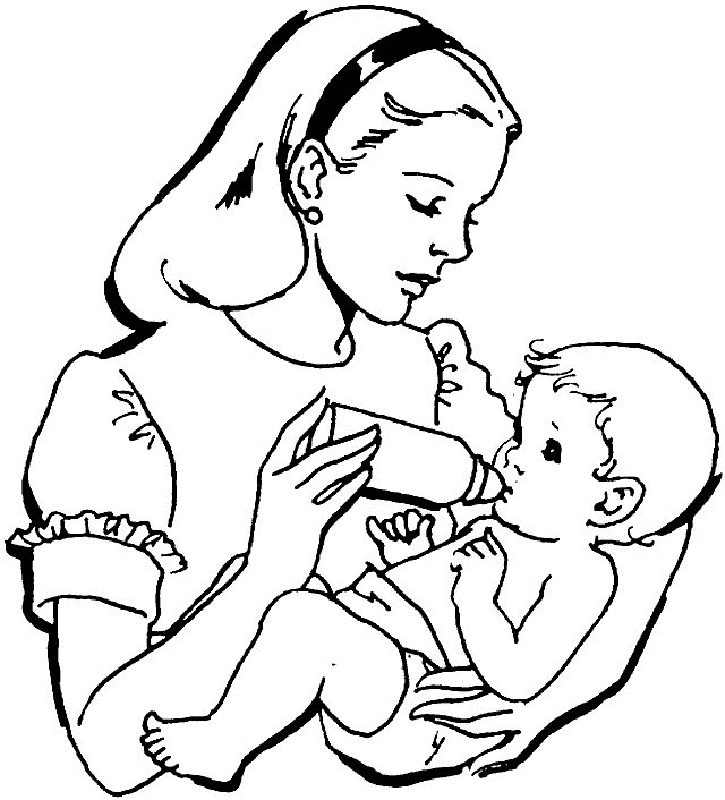 For example, a pediatrician may prescribe this product if the baby is not gaining enough weight, has problems with stools (with a tendency to liquefy). In any case, it is better to adhere to a certain sequence of introducing cereals into the children's menu, which the pediatrician will tell about.
For example, a pediatrician may prescribe this product if the baby is not gaining enough weight, has problems with stools (with a tendency to liquefy). In any case, it is better to adhere to a certain sequence of introducing cereals into the children's menu, which the pediatrician will tell about.
Video: Where to start complementary foods
Author: pediatrician, Ph.D. Komarovsky E.O.
6-7 months. Which porridge should be introduced first? To begin with, you can introduce the baby to gluten-free porridge: buckwheat, rice, corn. Gluten is a vegetable protein gluten that can cause children in the first six months of life (and even a little longer) to have difficulty digesting food. This is due to insufficient production in the gastrointestinal tract of the crumbs of the peptidase enzyme, which is necessary for the normal processing of gluten.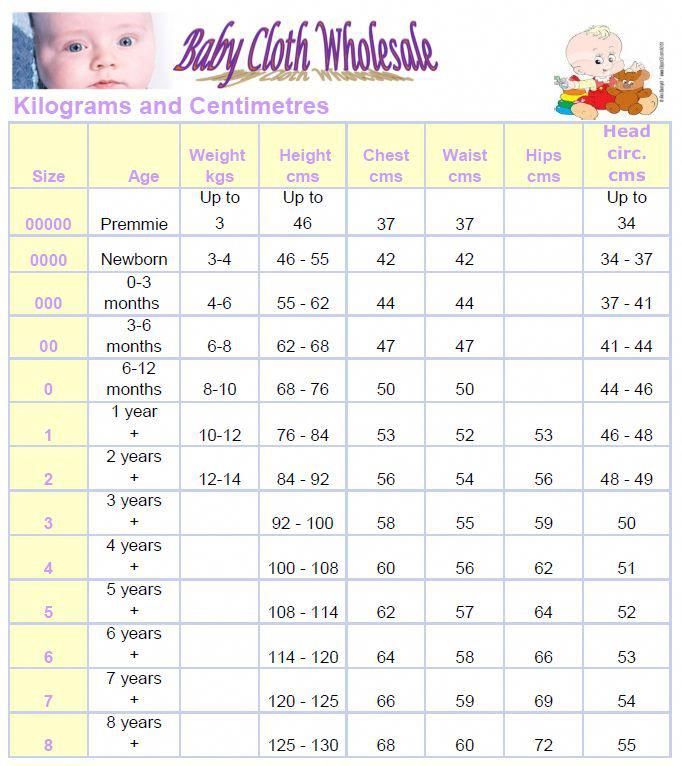 The consequences of this can be bloating and pain in the tummy, increased gas formation. In very rare cases, celiac disease occurs. This is a hereditary disease, which is expressed in intolerance to gluten throughout life. The first cereals for children must certainly be dairy-free and monocomponent, consisting of one type of cereal. They should not contain any additional components (salt, sugar, honey, fruit, berry, cream fillers).
The consequences of this can be bloating and pain in the tummy, increased gas formation. In very rare cases, celiac disease occurs. This is a hereditary disease, which is expressed in intolerance to gluten throughout life. The first cereals for children must certainly be dairy-free and monocomponent, consisting of one type of cereal. They should not contain any additional components (salt, sugar, honey, fruit, berry, cream fillers).
7-8 months. Add oatmeal to your baby's diet as a new staple. If the child’s body tolerates familiar cereals well, combine different types of cereals with each other. It is still not recommended to cook the dish with cow's milk. At this age, you can try adding toppings, such as applesauce, to the porridge.
9-10 months. At this age, you can offer the baby wheat, barley porridge. Cereals can also be used as a side dish, mixed with vegetable, meat complementary foods, and also as one of the components of a light children's soup.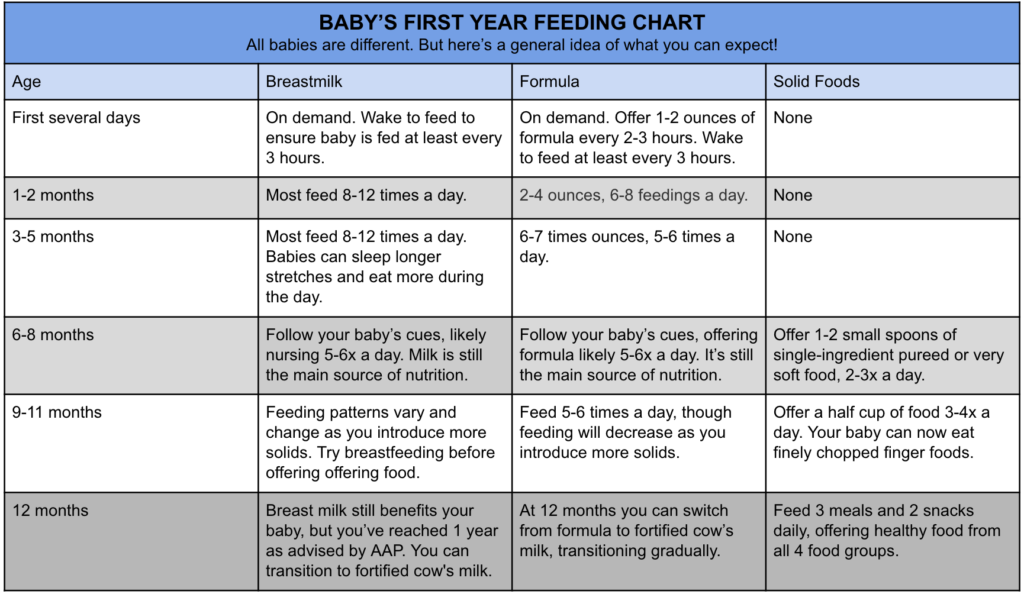
From 12 months. From the year, but not earlier, it is recommended to introduce milk porridges cooked in whole cow's milk. Provided that the crumbs are not allergic to this product. Also at this age, you can already offer your baby to try semolina porridge.
Basic rules for introducing cereals into the baby's menu
1. To make it easier for the child to get used to the new product and the consistency of the dish, prepare a fairly liquid porridge at first. For this, 5 g of cereals are required for 100 g of water.
2. If the product is tolerated normally and the baby likes to eat it, after 7-10 days you can make a thicker concentration - add 10 g of cereal per 100 g of water.
3. The baby should be offered porridge from a spoon. In a number of situations, according to the testimony of a doctor, for example, if the baby is sick or weakened, a bottle with a special nipple is used.
4. The best time to get acquainted with cereals is breakfast. Thanks to this, during the day you can observe the state of health of the baby. It will also be easier to identify an allergic reaction and take the necessary measures immediately. In the morning, the gastrointestinal tract works most actively and enzymes are released that promote the digestion of food and the absorption of substances from it.
Thanks to this, during the day you can observe the state of health of the baby. It will also be easier to identify an allergic reaction and take the necessary measures immediately. In the morning, the gastrointestinal tract works most actively and enzymes are released that promote the digestion of food and the absorption of substances from it.
5. After feeding with porridge, while its amount has not yet reached the normative serving value, supplement the baby with breast or adapted milk formula.
6. Keep a food diary, recording types of complementary foods, portion sizes, and the child's body reactions to new foods, if any (colic, indigestion, weight gain, etc.).
7. About 3 weeks should elapse between acquaintance with two new porridges. This will allow the baby to properly adapt to the product, and you can control how the child's body reacts to it.
8. The volume of a single serving of porridge should gradually increase as the baby grows older. Indicative figures are: 160-170 ml at 7-8 months, 170-180 ml at 8-9 months. Starting from 9 months, it is already possible to switch to a complete replacement of one feeding with complementary foods in the amount of 200 ml.
Starting from 9 months, it is already possible to switch to a complete replacement of one feeding with complementary foods in the amount of 200 ml.
It is clear how to introduce porridge into complementary foods by day is shown in the table:0003
The number of finished porridge
1
5 g (1 teaspoon)
2
50 g
6
100 g
150 g 9000 g 9000 g 9000 g 9000 G0002
How to cook cereals for baby foods
Cereal foods can be introduced in the form of home-cooked cereals, instant instant powders, as well as in canned form. Let's consider all the options in more detail.
Homemade
Baby food flours made from the appropriate cereal can be used to prepare baby porridge.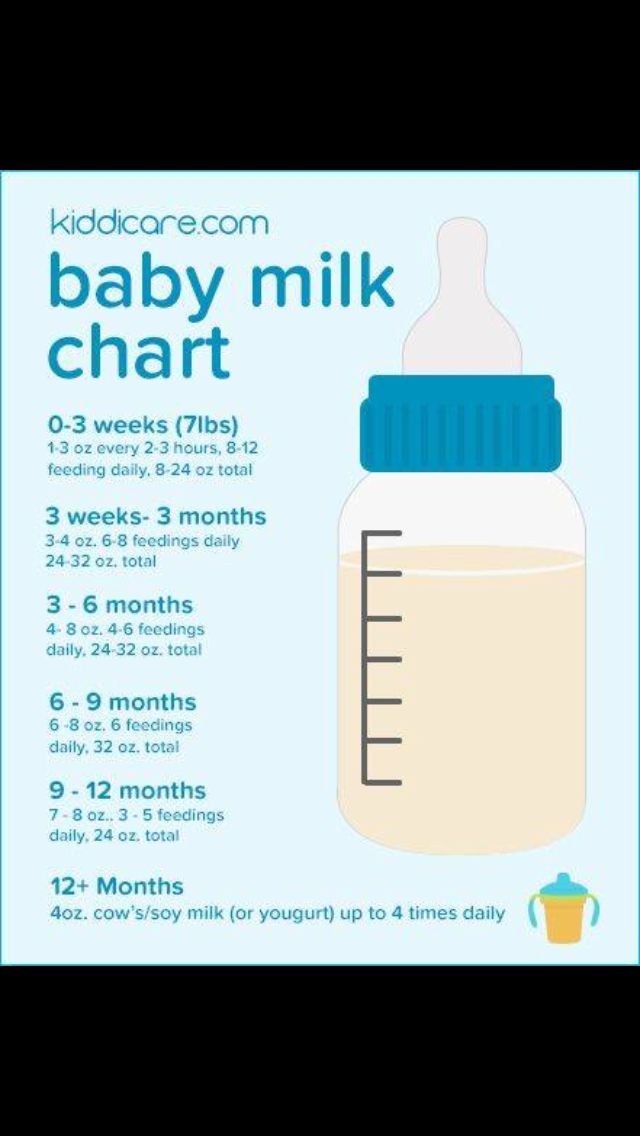 But such a product is not always found in a regular supermarket. A more affordable option is fresh, good quality cereal. Before cooking, it must be cleaned of possible litter and rinsed thoroughly. The following options are available:
But such a product is not always found in a regular supermarket. A more affordable option is fresh, good quality cereal. Before cooking, it must be cleaned of possible litter and rinsed thoroughly. The following options are available:
• Method 1. Grind the grains in a coffee grinder to a powder. Throw the product into cold or boiling water and cook until tender over low heat.
• Method 2. Cook porridge from whole grains. Cool to a temperature of 37 degrees and grind with a blender. In the cooled porridge, you can add a little breast milk or mixture (literally 20-30 ml). This will improve its taste and make it even more nutritious.
Cooked cereals
These are specialized products for baby food that help mothers save time on cooking cereals in the traditional way, but at the same time take care of a high-quality, nutritious and varied baby's diet.
IMPORTANT! The Bebi Premium line includes the entire range of cereals recommended for the first feeding.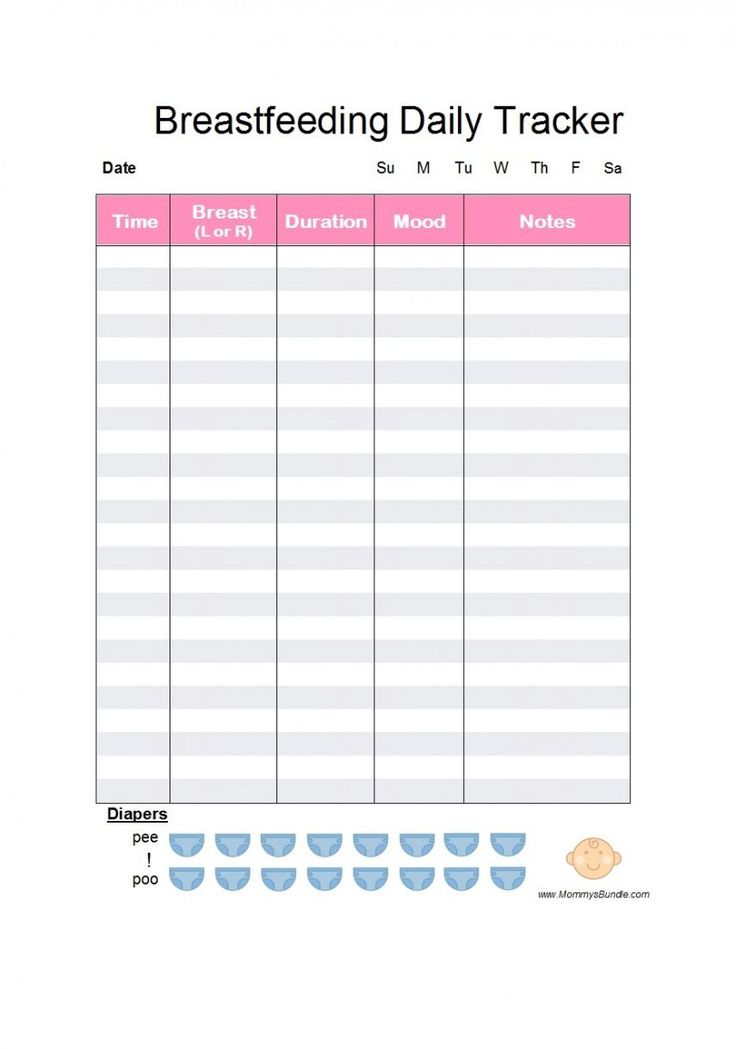 These are dairy-free and milk porridges, monocomponent and multi-cereal, with fruit, berry, vegetable, creamy components. They are:
These are dairy-free and milk porridges, monocomponent and multi-cereal, with fruit, berry, vegetable, creamy components. They are:
• made from certified raw materials;
• have a balanced composition;
• additionally enriched with prebiotics.
Freshly boiled water is used to make porridge. The optimal proportions of liquid and powder for the appropriate age of the child are usually indicated on the product box.
Porridge in jars
When the baby is already well acquainted with porridge and other types of food, you can give him canned food in jars as a second food. Such products contain cereals with fruit or vegetable puree, with the addition of milk. Contains no salt and sugar. This is a convenient way to provide the baby with the necessary nutrition during trips and travels.
Important Rules
The main thing that all experts from the Russian Research Institute of Nutrition of the Russian Academy of Medical Sciences and the World Health Organization (WHO) agree on is that complementary foods should not be forced! If you see: the child categorically does not eat what is offered, leave this idea for at least a week.





